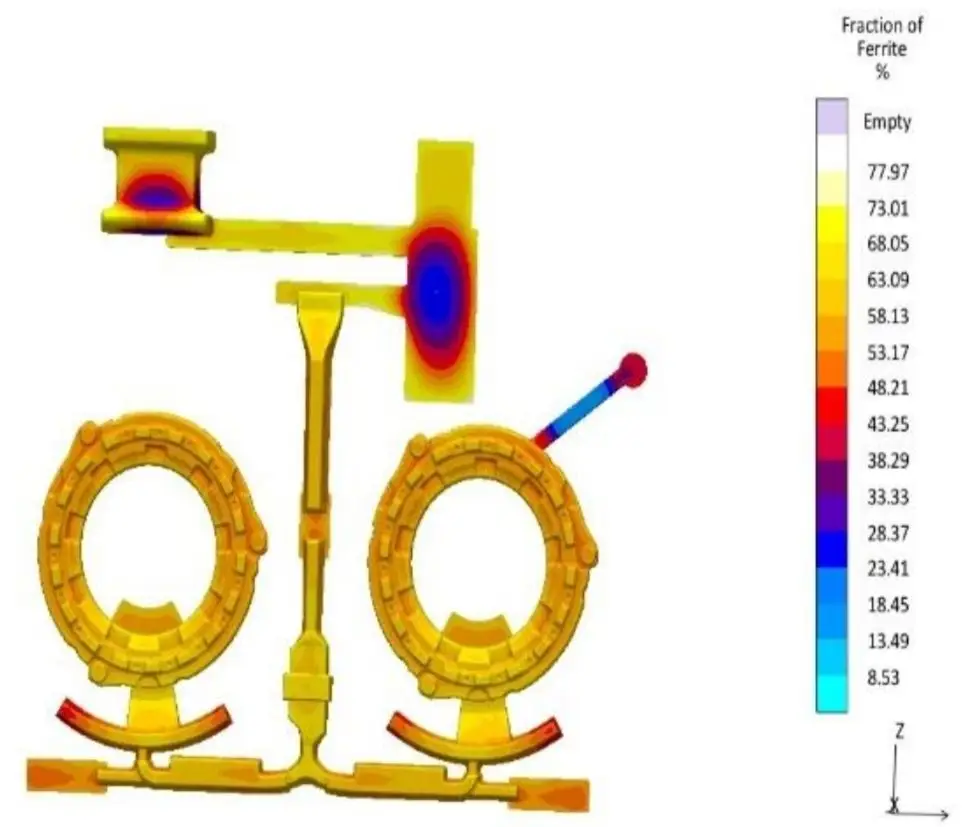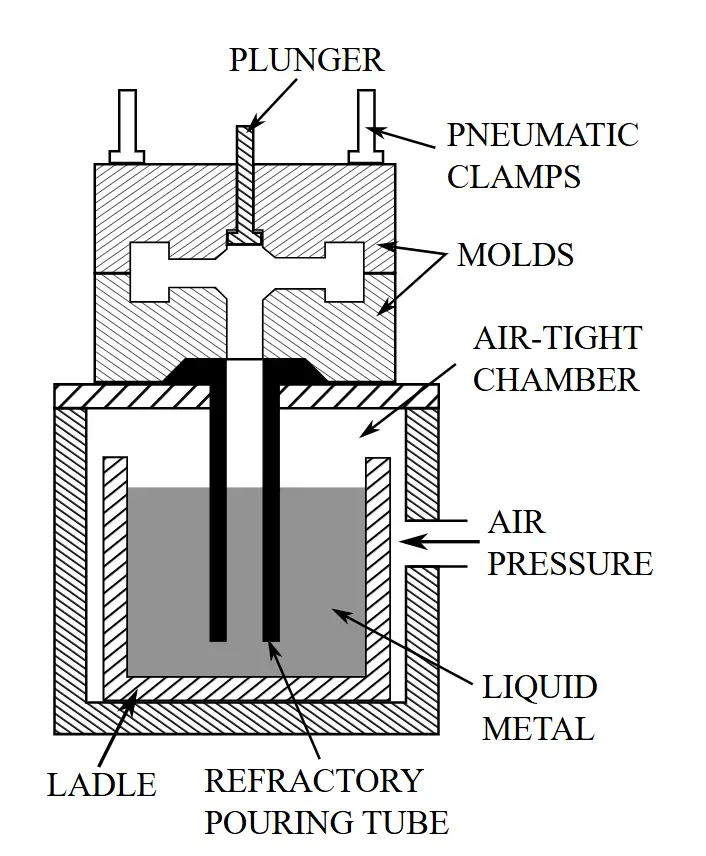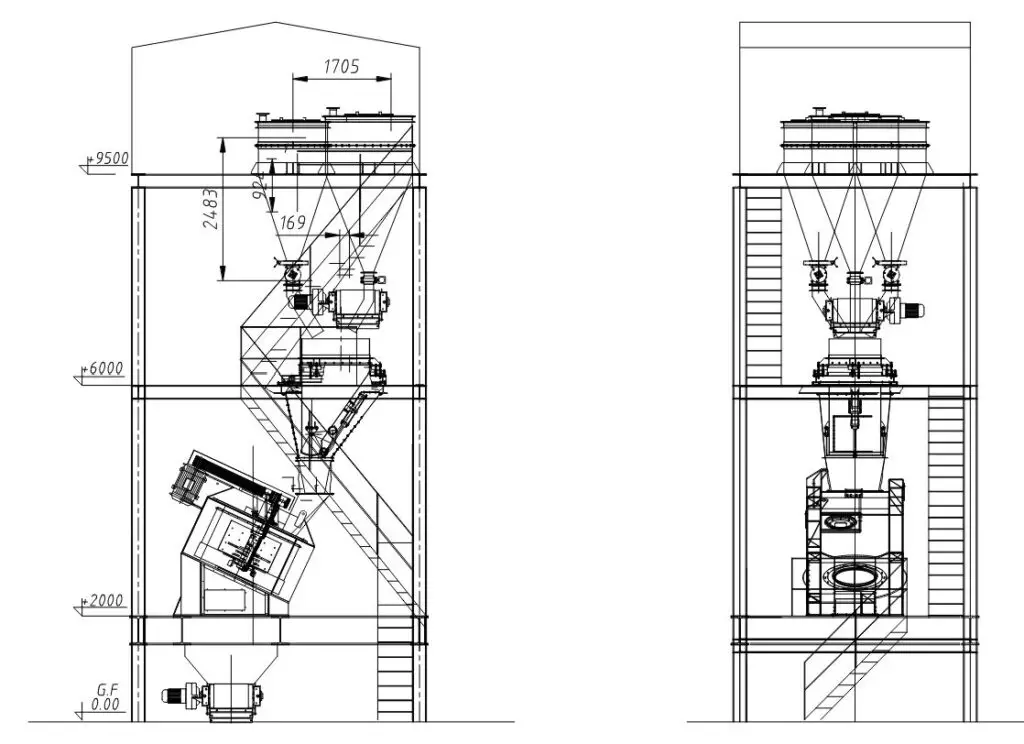✅ Optimization of Ductile Iron Nodularization Process by Transition from Sandwich to In-mold Method
🔹 Introduction
Nodularization is a critical stage in ductile iron production, as it directly affects the mechanical properties and graphite morphology of the final product. The traditional sandwich method has long been utilized in many foundries, but its limitations — including high alloy consumption, inconsistent chemistry, and lower process efficiency — have driven the need for more optimized approaches.
In this project, the nodularization process was redesigned by transitioning from the conventional sandwich method to a modern In-mold process. This shift aimed to reduce alloy consumption, improve metallurgical consistency, and enhance process reliability — without compromising the mechanical quality of the castings.
🔹 Analysis and Implementation
A comprehensive evaluation of the existing process was conducted, focusing on:
-
Graphite shape and distribution in castings using the sandwich method
-
Variations in chemical composition and spheroidization rate
-
Reaction behavior of FeSiMg alloy with the molten metal
-
Design of the In-mold reaction chamber and runner system
-
Molding material compatibility and control of magnesium fading
Based on the analysis, a tailor-made In-mold setup was developed and integrated into the production line, considering the specific melting conditions and casting geometry.
🔹 Achievements
-
✅ 50% reduction in FeSiMg alloy consumption
-
✅ Improved uniformity in graphite spheroidization and structure
-
✅ More stable and consistent chemical composition across castings
-
✅ Reduced fume and slag formation compared to traditional methods
-
✅ Significant cost savings and enhanced process sustainability
🔹 Conclusion
Replacing the sandwich method with the In-mold nodularization process resulted in a substantial improvement in efficiency and alloy usage. The enhanced control over chemical reactions allowed for consistent mechanical properties with reduced input material. This successful transformation demonstrates how targeted process redesign can lead to sustainable, economical, and high-quality ductile iron production




